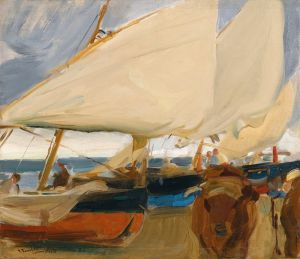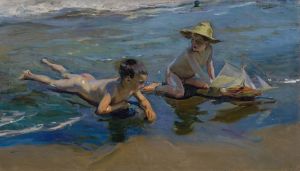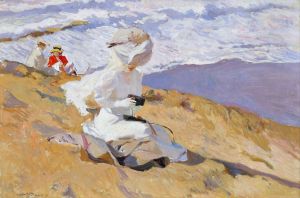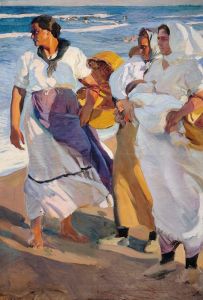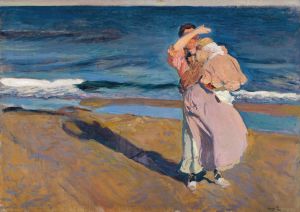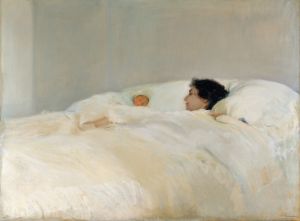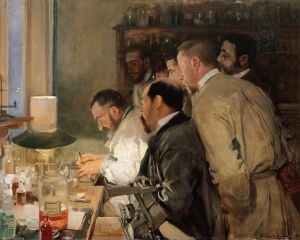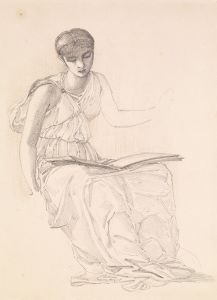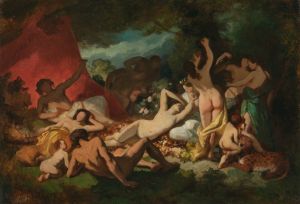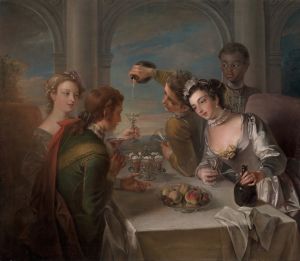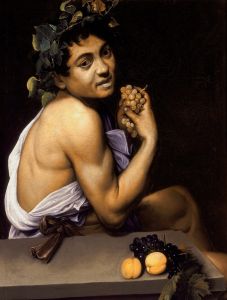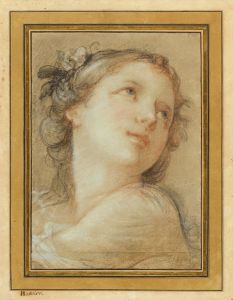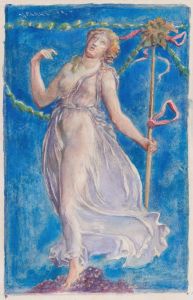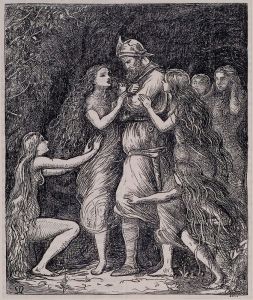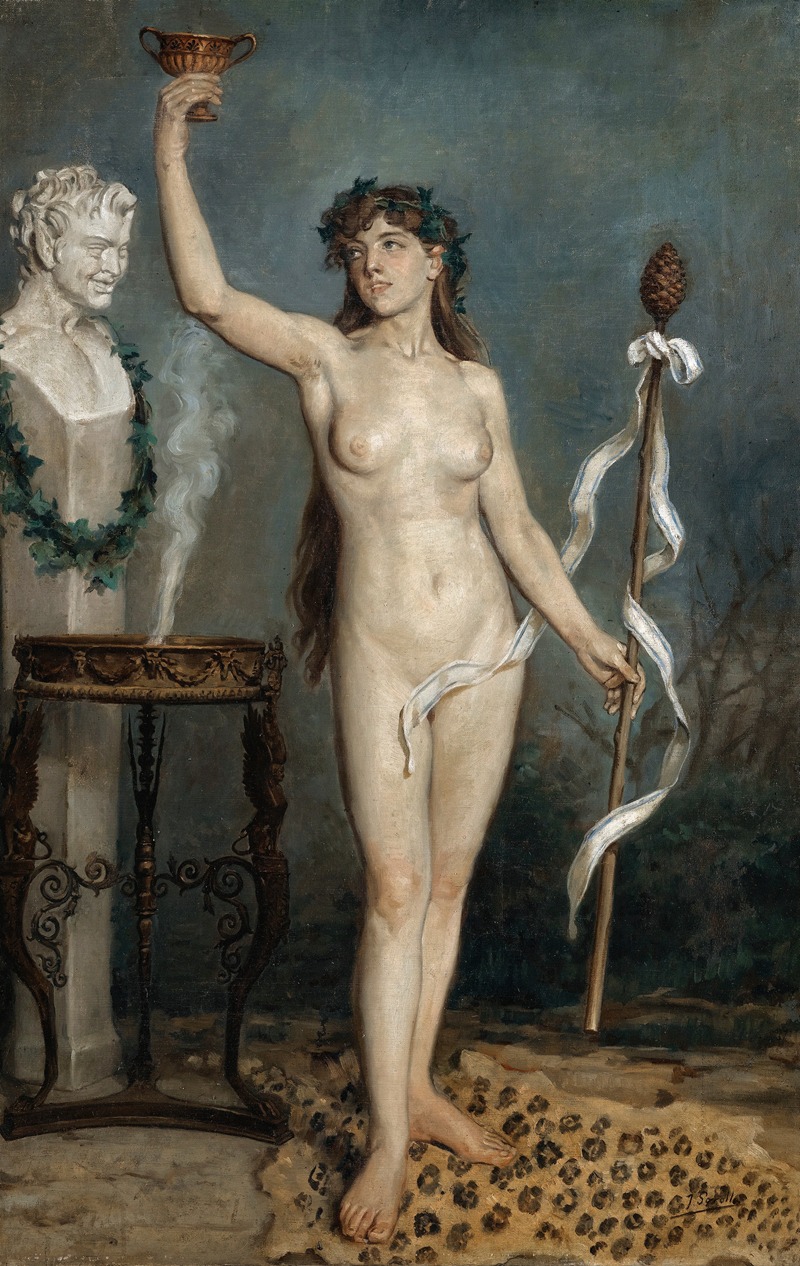
Bacante
A hand-painted replica of Joaquín Sorolla’s masterpiece Bacante, meticulously crafted by professional artists to capture the true essence of the original. Each piece is created with museum-quality canvas and rare mineral pigments, carefully painted by experienced artists with delicate brushstrokes and rich, layered colors to perfectly recreate the texture of the original artwork. Unlike machine-printed reproductions, this hand-painted version brings the painting to life, infused with the artist’s emotions and skill in every stroke. Whether for personal collection or home decoration, it instantly elevates the artistic atmosphere of any space.
Joaquín Sorolla, a renowned Spanish painter, is celebrated for his vivid and luminous works that often capture the essence of Mediterranean life. One of his lesser-known works is "Bacante," which reflects his mastery in portraying light and movement. Although there is limited information available specifically about "Bacante," it is possible to contextualize it within Sorolla's broader oeuvre and artistic style.
Joaquín Sorolla was born on February 27, 1863, in Valencia, Spain. He showed an early aptitude for art and began his formal training at the age of 15 at the Academy of San Carlos in Valencia. Sorolla's career took off after he moved to Madrid and later to Rome, where he further honed his skills. He became known for his ability to capture the effects of sunlight, a hallmark of his work that earned him the nickname "The Master of Light."
Sorolla's work is often associated with the Impressionist movement, although he developed a distinct style characterized by vibrant colors and dynamic compositions. He was particularly adept at painting en plein air, a technique that involves painting outdoors to capture the natural light and atmosphere of a scene. This approach is evident in many of his works, which often depict beach scenes, gardens, and portraits bathed in sunlight.
"Bacante" is believed to be one of Sorolla's explorations of classical themes, possibly inspired by the Bacchantes of Greek mythology, who were followers of Bacchus, the god of wine and ecstasy. These mythological figures were often depicted in a state of frenzied dance and revelry, embodying the spirit of liberation and abandon. While specific details about the painting "Bacante" are scarce, it is likely that Sorolla employed his signature style to bring this mythological subject to life, using light and color to convey movement and emotion.
Throughout his career, Sorolla received numerous accolades and exhibited his work internationally. He gained significant recognition at the Paris Universal Exposition in 1900, where he was awarded a Grand Prix. His success continued with exhibitions in cities such as London, New York, and Chicago, where his work was met with critical acclaim.
Sorolla's legacy is preserved in several major collections, including the Sorolla Museum in Madrid, which was once his home and studio. The museum houses an extensive collection of his works, offering insight into his artistic journey and the evolution of his style.
Although "Bacante" may not be as widely recognized as some of Sorolla's other masterpieces, it remains a testament to his ability to blend classical themes with his unique approach to light and color. Sorolla's contribution to the art world continues to be celebrated, and his works remain influential, inspiring generations of artists who seek to capture the beauty of the natural world through the lens of light.





